This third edition of the bestselling Remote Sensing for Geologists: A Guide to Image Interpretation is now titled Remote Sensing for Geoscientists: Image Analysis and Integration, 3rd edition, (PDF). The title change shows that this edition applies to a broad spectrum of geosciences, not just geology; emphasizes that remote sensing has become more than photointerpretation; and stresses the integration of multiple remote sensing technologies to solve Earth science problems. The text reviews systems and applications describe what to look for when analyzing imagery, and gives abundant case histories to illustrate the integration and application of these tools.
See What’s New in the 3rd Edition:
- Broader coverage to include incorporation of multiple remote sensing technologies
- Expanded with important new illustrations in color and reviews of new satellites and sensors
- Analysis of imagery for remote geochemistry, geobotanical remote sensing, modern analogs to ancient environments, and astrogeology
The ebook covers how to start a project, including determining the objective, choosing the right tools, and selecting imagery. It explains techniques used in geologic mapping and mineral and hydrocarbon exploration, image analysis used in mine development and petroleum exploitation, groundwater development, site evaluation, surface water monitoring, geothermal resource exploitation, and logistics. It also shows how imagery is used to establish environmental baselines; monitor air, land, and water quality; map hazards; determine the effects of global warming.
Numerous examples of geologic mapping on other planets and the moon highlight how to evaluate planetary surface processes, map stratigraphy, and find resources. The ebook then examines remote sensing and the public, geographic information systems, and Google Earth, and how imagery is used by the media, in the legal system, in public relations, and by individuals.
Readers should come away with a good understanding of what is included in image analysis and interpretation and should be able to identify and recognize geologic features of interest. Having read this ebook, they should be able to effectively use the imagery in petroleum, mining, surface water, groundwater, engineering, and environmental projects.
NOTE: The product includes the ebook, Remote Sensing for Geoscientists: Image Analysis and Integration, 3rd Edition, in PDF. No access codes are included.

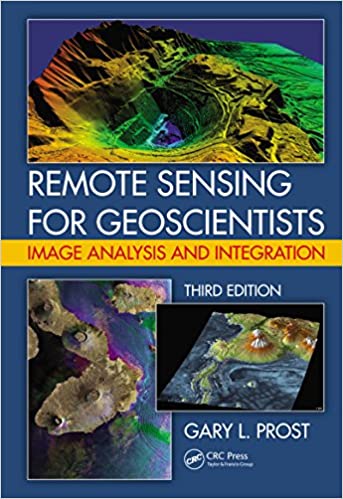
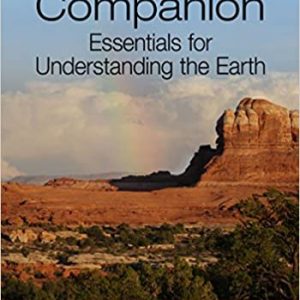
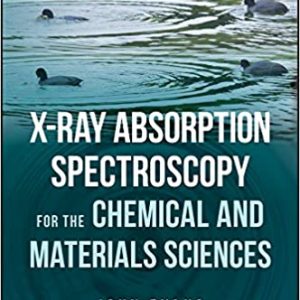
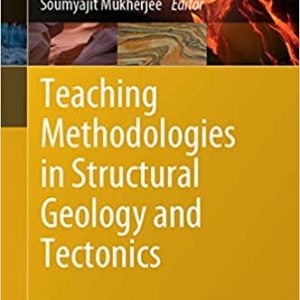
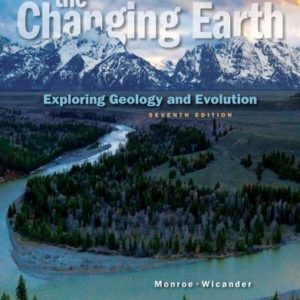
Reviews
There are no reviews yet.